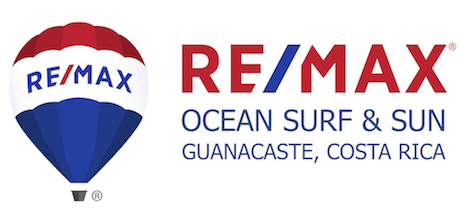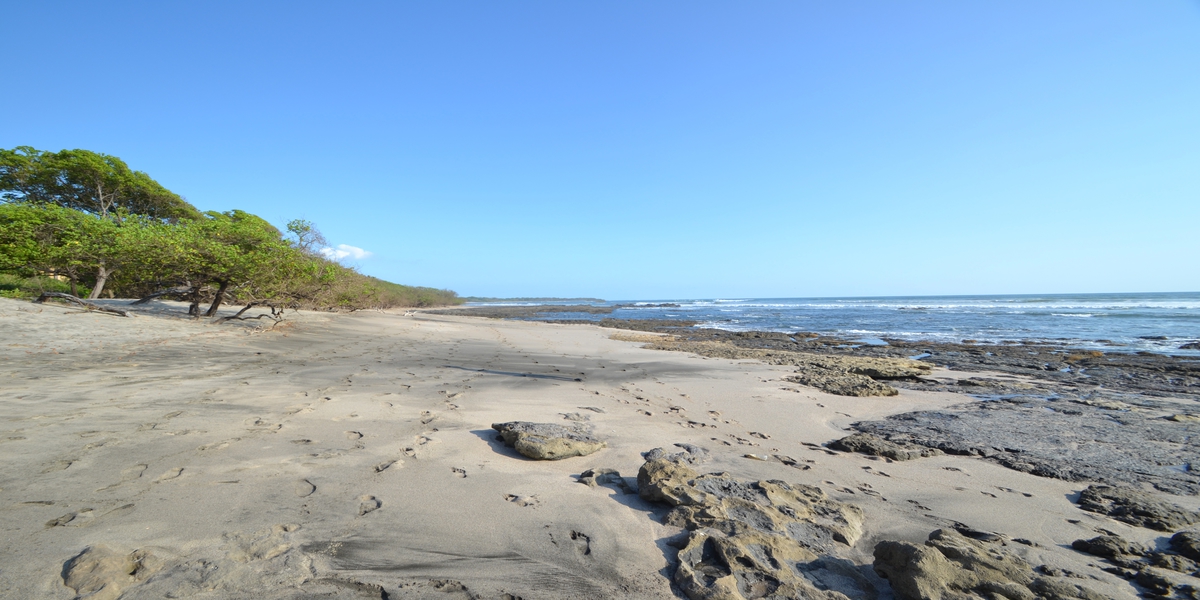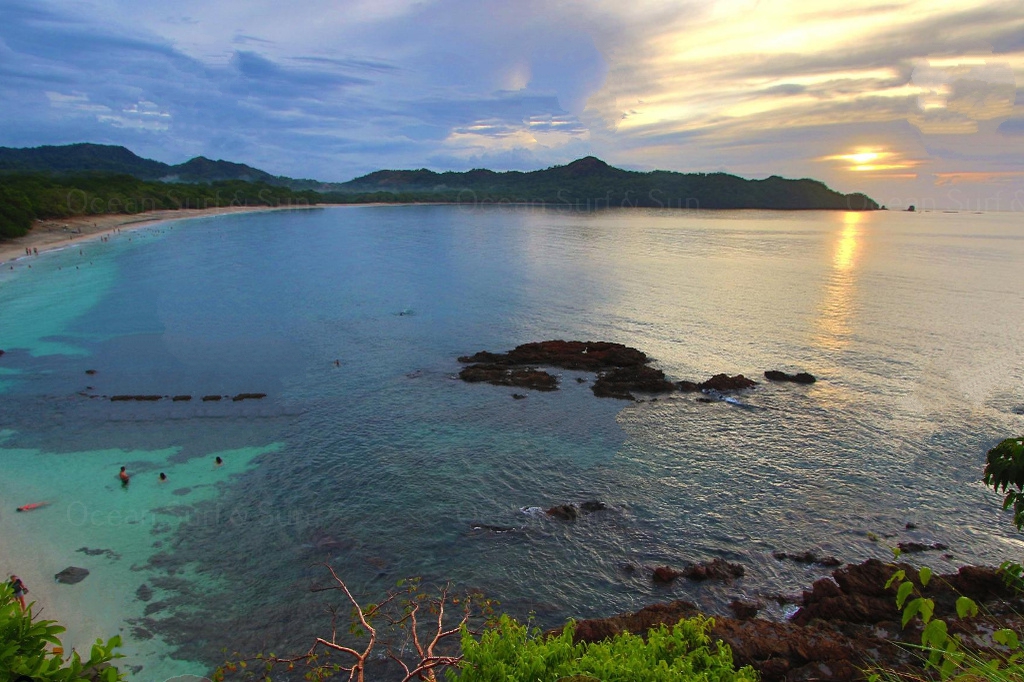Can you afford to live in Costa Rica?
The question of whether you can afford to live in Costa Rica depends on many factors, most of which are related to your lifestyle preferences. Without question most expats find living in Costa Rica to be less expensive than their home country.
What is the cost of living in Costa Rica? On average, 150 Americans ask that question each month. They dream of a better life in a tropical paradise such as Costa Rica with its lush vegetation, beautiful beaches, awe-inspiring national parks and almost perfect year-round weather. But can you afford to live in Costa Rica? How can you know the real costs?
One way to answer the question is by calculating the average cost of living in Costa Rica compared to the average cost of where you live now. According to data on the website numbeo.com, as of December 2022, the average cost of living in Costa Rica is $687 for a single person and $2497 for a family of four. That’s 31% lower than the average in the United States and much lower than expensive cities like New York and San Francisco. The average includes food, utilities, health care, and transportation. Rent is calculated separately, and it’s a whopping 68% less in Costa Rica compared to the average of all U.S. cities.
Numbeo is the world’s largest database of user-contributed data about cities and countries worldwide. It provides current and timely information on world living conditions including living costs, housing indicators, health care, traffic, crime, and pollution. It allows you to do a cost of living comparison based on the average cost of living in Costa Rica, including specific regions within the country, with the average cost where you live. Thus, you won’t need to rely on hearsay to work out your budget. Rather, you’ll have reliable statistics from a worldwide database that is updated regularly.
What does it really cost to live in Costa Rica?
However, averages don’t tell the whole story. What does it really cost to live in Costa Rica? Could the average European or North American actually live on less than $700/month? Many aspects of life in Costa Rica are bargains compared to the cost of the same product or service elsewhere. Maximizing those bargains is the key to making Costa Rica affordable and making your tropical dream a reality. Consider these areas of life and their respective costs.

Cost for Groceries
Let’s start with everyone’s favorite—food. Deals are plentiful, and fortunately, fresh fruits and vegetables are one of them. Many communities have a farmers’ market, known as la feria in Spanish. Each weekend, farmers offer a wide variety of local products that have been recently harvested produce as well as eggs, dairy products, and meat. The prices are so low that you can fill two big bags for $20-30. And many vendors even offer free samples so you can try before you buy.
If you have a craving for your favorite brand of beer, chips, or other processed foods from your home country, you’ll probably pay more for them in Costa Rica because of the additional costs of importation. How can you stay within your budget? Many expats living in Costa Rica buy such foods only occasionally as a splurge. Also, they’ve learned which locally produced items and brands have a similar taste and use them as a substitute for their favorites from back home.
What about eating out?
On a related subject, restaurant meals in Costa Rica can be a great deal. And that’s good news for retirees, digital nomads, and others who move to Costa Rica to have more free time and better quality of life. Meals in Costa Rican restaurants cost about half of what they would in a North American city. And the tip is usually included in the menu price. You’ll find a vast array of offerings at affordable prices: Italian, Mexican, Asian, Indian, seafood, steaks, as well as Costa Rican dishes.
Cost of Transportation
Transportation costs in Costa Rica can be more or less expensive than in North America or Europe. Bus service is inexpensive and available in most areas, but the schedule may not be convenient. A one-hour bus ride costs about $1. Taxis and ride services like Uber are another reasonably priced option if the trip isn’t too long.
The most convenient transportation option is owning a vehicle, but the cost is much higher. Why? Import duties on vehicles range from 60-80% of the value of the vehicle depending on age. The result is that the purchase price can be almost double what you would have paid in your home country for the same model. And, there is no way to have a vehicle registered without paying the tax. So how can you reduce the cost of owning a vehicle?
Some choose to drive a car that’s a few years older. It makes financial sense because mechanics in Costa Rica charge much less. Gasoline is more expensive in Costa Rica than in the U.S.—usually $2/gallon or more—but similar to the cost in European countries. However, you may not drive nearly as many miles as you used to once you switch to the laid-back Costa Rica lifestyle.
What about Rent?
Rent prices can consume a large share of the budget. Fortunately, the average rent in Costa Rica is significantly cheaper, running out at 68% less than the average rent in the U.S. Your savings will vary depending on how and where you live. Rents tend to run higher in proportion to the proximity to popular beach areas and access to amenities. On the other hand, simpler homes within a short drive of the beach can be quite affordable. Property taxes and insurance are much lower in Costa Rica. A real estate agent can help you sort out the options and find the one that’s right for your lifestyle and budget.
Utility Costs
Water is abundant, safe, and inexpensive in Costa Rica. Electricity is reliable, too, but more expensive than in many places in the U.S. The greatest consumer of electricity in most homes in the tropics is air conditioning. However, you can reduce the cost to cool your home by taking advantage of the ocean breeze or enjoying a dip in the pool. And isn’t that what you wanted to do in Costa Rica anyway? Internet access and cable television are widely available and cost less than the equivalent service in North America, so you can save money there.
Healthcare Costs
Costa Rica health care offers great savings compared to costs farther north. The cost of a visit to a doctor or dentist’s office is much less. In addition, the quality and relatively low cost of medical procedures in Costa Rica have made it a popular destination for medical tourism. If you live here, you can enjoy those same benefits. Those who become Costa Rican residents can enroll in the national health care system called the “caja”. For a monthly fee based on your income, your visits to the clinic, hospital, and some prescriptions will all be free. Of course, those who choose to purchase private health insurance may pay a higher monthly.
Bottom Line
So, when you add it all up, what does it cost to live in Costa Rica? We usually recommend to people moving here from the States, Canada, and Europe to budget a minimum of US$ 15,000/year/person. Why? Because we are used to certain lifestyle preferences that include more luxury than a local. But as the aforementioned examples illustrate, there are cost-saving bargains available in Costa Rica. Taking advantage of them allows you to stay within your budget and maintain a comfortable lifestyle. Yes, there are a few countries with a cheaper cost of living than Costa Rica. However, Costa Rica offers a quality of life that you won’t find anywhere else and at an affordable cost.
Be sure to check out our other information about Costa Rica:
- Frequently Asked Questions
- Costa Rica Healthcare
- Costa Rica Climate
- Restaurants in Tamarindo
- Operating a Business in Costa Rica







